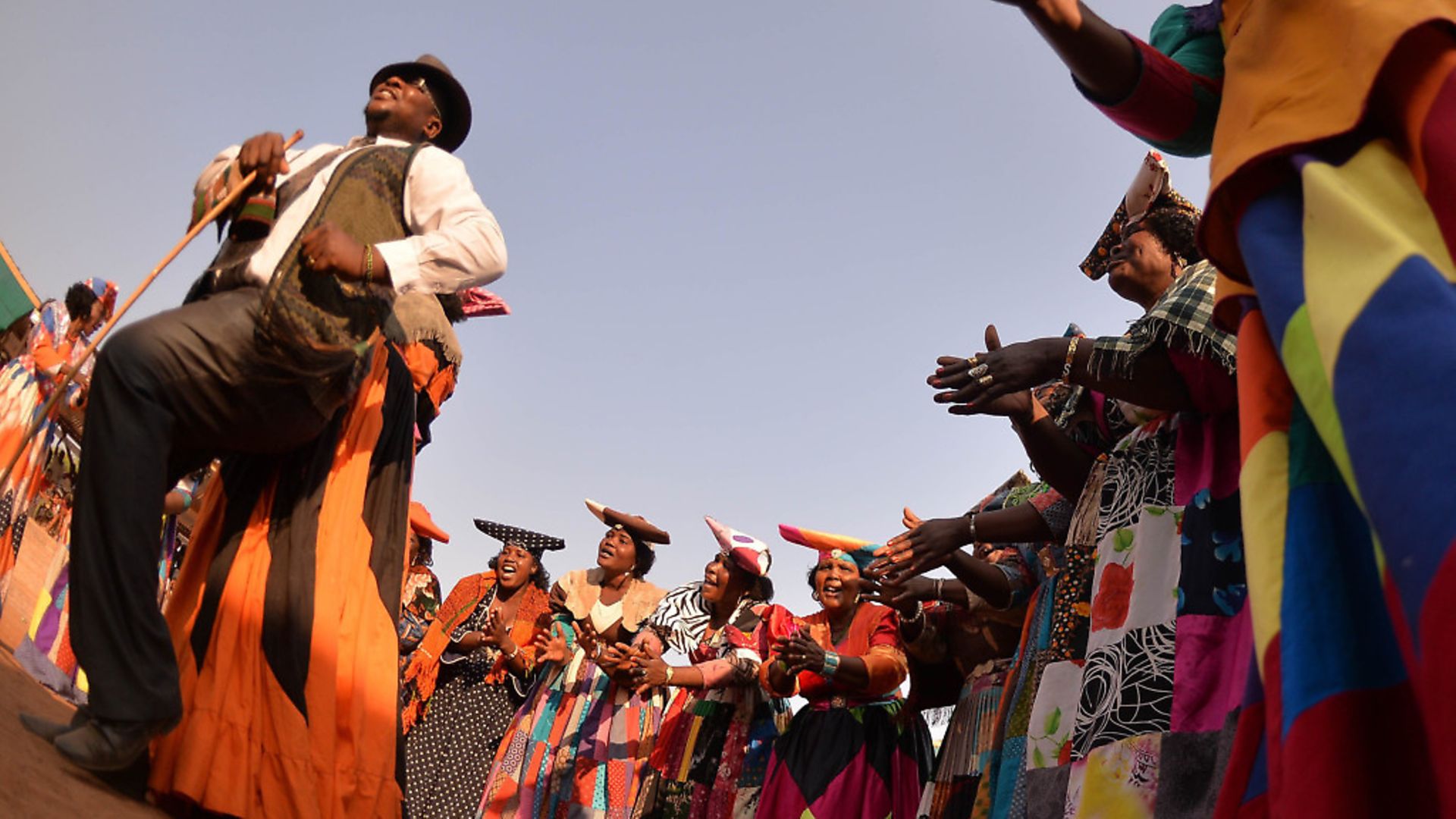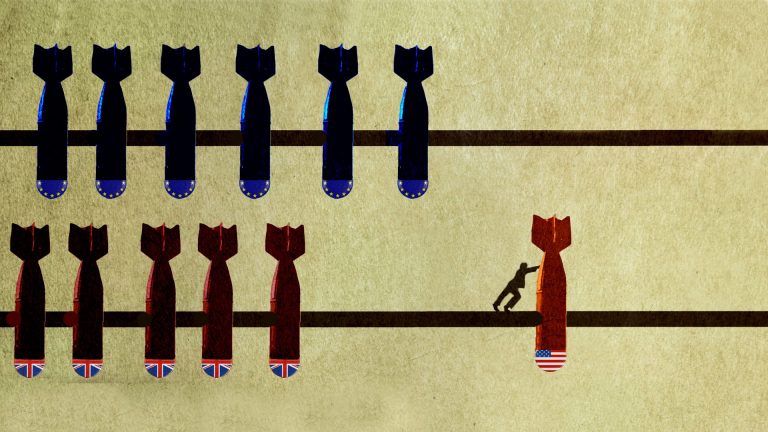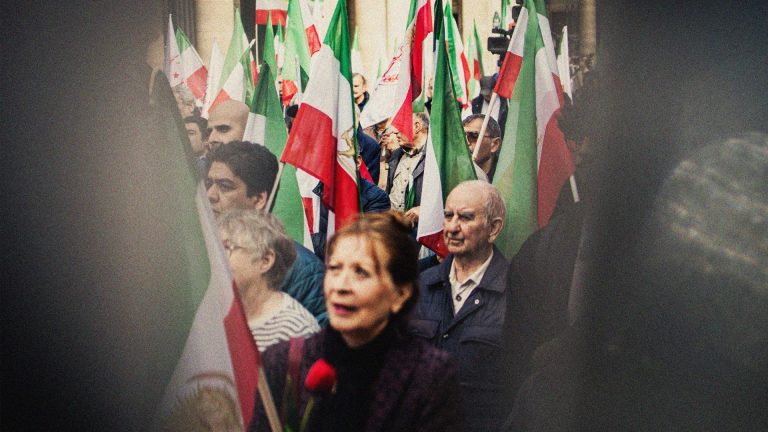
Botswana’s capital is home to a diverse musical culture, where traditional sounds infuse many genres – not least its thriving heavy metal scene. SOPHIA DEBOICK reports
Botswana is a country unlike any other in Africa. Since its 1966 independence it has been one of the most politically stable nations on the continent and has enjoyed a startling economic boom (it was the world’s fastest-growing economy for two decades from the late 1970s).
Its natural resources compensate for its sparse population (just two million people in a country the size of France), as diamonds are mined from the landscape and safari-goers from all over the world visit to see the wildlife of the Kalahari.
Economic prosperity has given the country a fighting chance against the AIDS crisis, which hit it hard. Treatment has been made widely available, yet, at one point, the state had the greatest prevalence of the disease in the world. In the middle of this decade, a quarter of Botswana’s young population were affected by AIDS, taking a terrible toll.
Such a unique make-up has made for a vibrant and inimitable music, as Western influence pours in to a country which has English as its official language yet highly values its traditional sounds, and where DIY approaches to song-making abound.
Botswana’s traditional music casts a long shadow over its contemporary scene, which has Gaborone, the capital, at its hub. The bushmen of the Kalahari preserve some of the earliest musical sounds known to man in their ritual dances. Rhythmic clapping and singing of traditional songs accompany the dancers, whose stomping leg rattles add to the percussion. The country’s tribal people also play single-stringed bamboo fiddles, a type of thumb piano called a sitengena, and the lengope (mouth bow), and the Folkways collection of recordings made by ethnomusicologist Elizabeth N. Wood in 1983 captures some of these sounds.
Various popular genres in Botswana today weave traditional Setswana sounds into a contemporary fabric. In the early 2000s, Eric ‘Ramco’ Ramogobya’s Gaborone-based Ramco Loco record label pioneered commercialised borankana – a form of traditional Setswana music – putting out records by trios Machesa and Matsieng, each done up in what can only be described as tribal chic, as well as signing solo acts Kganka and Kgokgonono. Often marrying bawdy lyrics about the social realities of Botswanan life to upbeat, traditionally-tinged music, these have been hugely successful pop acts.
Meanwhile, Odirile Vee Sento, popularly known as Vee Mampeezy and formerly part of Ramco’s stable, is one of the foremost purveyors of kwaito kwasa in Botswana. Emerging from the Johannesburg townships, the wildly popular kwaito uses aspects of hip hop and house music with samples of traditional African music, while kwasa kwasa is a type of African rhumba. Vee Mampeezy’s danceable blend of the two has shifted units, and in 2017 he signed to Gaborone-based label Virgin Brew, the biggest name in the Botswanan music industry.
But such professional musical industry outfits are rare. DIY backyard studios abound, and amateur recordings can often be heard on the main radio stations. The government has actively encouraged the growth of the music industry, making the state Radio Botswana studios in Gaborone available for musicians to record in. But making those recordings pay is another matter, since the country has a high level of internet penetration and illegal downloading abounds.
While some have tried to promote the legal digital download, with the Gaborone-based Naomii Music launching a fledgling online music library for Botswana, the hard copy CD sold on the streets remains ubiquitous. The success of mobile phone technology in the country has meant that ringtones can make artists more money than their records themselves.
Hip hop is another major force in Botswanan music. The b-boy rap battles that took place in the leading international schools in Gaborone – Maru-a-Pula and Gaborone Secondary – in the mid-1980s have gone down in legend as the starting point for the importation of the genre into the country. Radio played a huge role in popularising hip hop, with DJ Thabo ‘Shakes the Mix’ Matthews’ show Rap Blast on Radio Botswana 2 (RBII) galvanising a generation in the early ’90s.
3rd Mind, of the Ramco stable, were part of the first wave of Botswanan hip hop that emerged subsequently. And shortly after, California-raised David Balsher (‘Draztik’), and the former New Yorkers Isaac Selolwane (‘DJ IQ’) and Salim Mosidinyane (‘Slim’) would present the influential Strictly Hip-Hop on RBII. In 1999, together with members from Johannesburg, they formed the international hip hop crew Cashless Society, releasing material on their own label, Unreleased Records.
Cashless Society rapped in English but provided one of the most interesting explorations of the contradictions of modern Botswanan life in Hottentot Hop (Bantu 1, 2) (2004). Lyrically, the song juxtaposed the ancient and the digital (“wooden condoms”, “laptop hieroglyphics”), while the video was filmed on a parched Botswanan riverbed and featured San bushmen in traditional dress wielding electric guitars and personal stereos.
Today, acts like Orakle, Stagga (who grew up between London and Gaborone), and Virgin Brew-signed rising female star, rapper Sasa Klaas, all represent English language Botswanan rap. But the Setswana language motswako hip hop subgenre, originally pioneered by MC Mr T of Gaborone’s 20-member P-side Crew, enjoys great success in the form of well-known celebrity Game Bantsi, aka Zeus, and Scar, who was just 17 when he released his hit debut LP, Illegal Act.
If borankana, kwaito, hip hop and motswako are mainstream genres, Botswanan metal is thoroughly underground. Last month, Finnish record label Svart Records released Brutal Africa: The Heavy Metal Cowboys of Botswana, a collection of songs from director Samuli Pyykkönen’s documentary Freedom in the Dark.
Focussing on the tiny metal scene in Ghanzi in the country’s north, and the local band Overthrust, the film highlighted the scene’s extreme music – European death metal – and heightened aesthetic, where old school biker meets highly camp glam rock and Mad Max dystopian futurism. In Botswana, metal means camaraderie, freedom and self-expression.
While rock originally came to Botswana via its tourist centre, Maun, it is the capital that has produced the most successful Botswanan metal bands. Founded in Gaborone in 1990, Metal Orizon melded traditional African rhythms and Western riffs and toured the country extensively, “planting the seed of rock music like veld fires”, according to them. Indeed, the spectacle of Bantu-speaking Batswana musicians playing as a Western-style four piece turbo-charged music in the country, and the sounds coming out of Gaborone only got heavier.
Formed in the capital in 2000 by frontman Tumelo Matshameko, aka Stux Daemon, Wrust have been pioneering Batswana death metallers. They are the Botswanan band who have made the biggest impression internationally, sharing stages with the likes of Brazilian metal legends, Sepultura, who they sound not unlike, Carcass, and Entombed.
They were also the main focus of Raffaela Mosca’s 2013 film March of The Gods: Botswana Metalheads, which followed their struggle to balance day jobs and trying to make it with the band (it is a quirk of the Botswanan metal scene that it is made up not of disgruntled teenagers, but 30-somethings with families and jobs). Bands that came out of Gaborone in the mid-2000s – the more thrashy Stane, extreme death metallers Crackdust, and the traditional heavy metal power trio Skinflint – all name Wrust as a key inspiration.
The existence of black metallers in an otherwise very white global metal scene has meant Botswanan metal has gained attention as an exotic novelty – South African photographer Frank Marshall’s images of Batswana metalheads done up in studded leather in the middle of the desert unsurprisingly went viral in 2010. But this is no pantomime appropriation of Western culture. Marshall has noted that metal is a “universal language”, but the dark themes and brutal sounds of death metal strike a particular chord in this country.
As one fan puts it in Mosca’s film, “Quite frankly, in Bots, we have a lot of death”. The metal scene knows it, with a Rock Against AIDS event held annually in Maun and Overthrust’s charity festival happening every winter in Ghanzi. In a country that has held fast to its traditional sounds, even in its modern pop music, it is striking that a European import appears to have spoken so profoundly to its unique experience.









